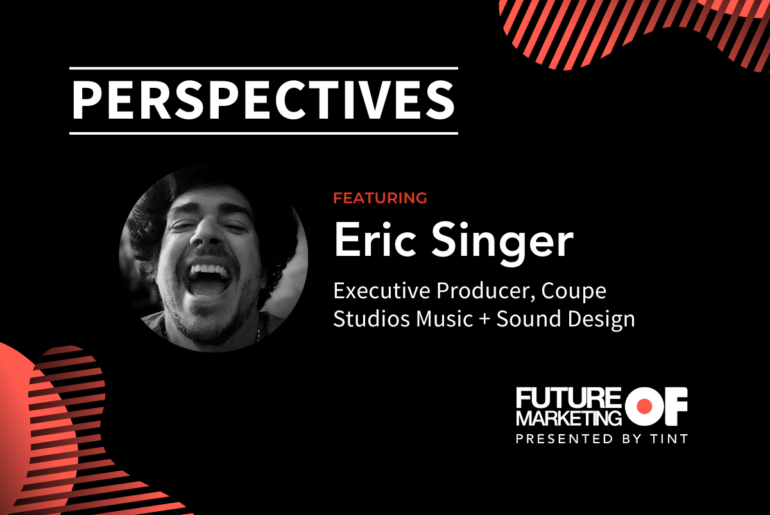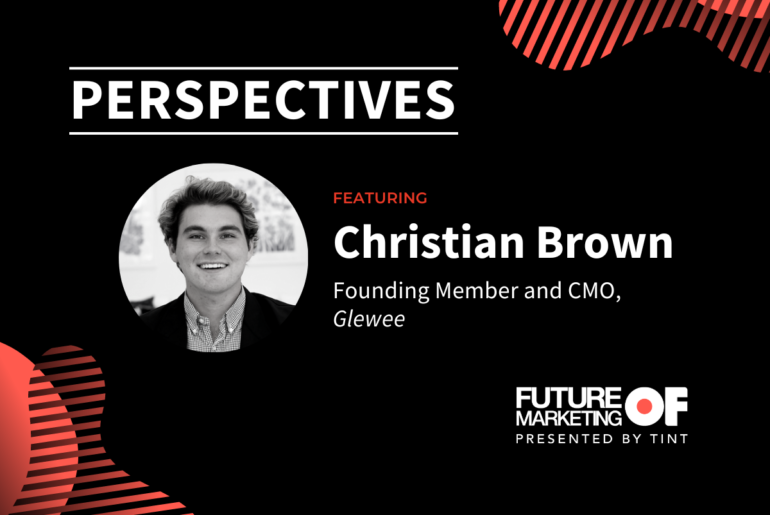Garrett Heath is a social media and content marketing consultant and founder of MarketingBytes.io.
When it comes to social media, many marketers view the channel purely as a megaphone to push information out to consumers. But distilling down social strategy to this one-way communication tactic misses the mark on using social platforms to drive brand marketing: it will be hard to cut through the noise when you talk only about yourself.
Social media presents the opportunity to drive home the essence of your brand in a more “show me, don’t tell me” approach. This can be done by pinpointing unique cultures related to your brand, identifying your strongest advocates and showcasing how real people engage with your products through user generated content (UGC).
1. Target a Specific “Crowdculture”
While brands have salivated over the thought of building engaged social media audiences that rival those of entertainers and athletes, author Douglas Holt argues that is just not possible. In his Harvard Business Journal piece Branding in the Age of Social Media, Holt says, “What works for Shakira backfires for Crest and Clorox. The idea that consumers could possibly want to talk about Corona or Coors in the same way that they debate the talents of Ronaldo and Messi is silly.”
To cut through the noise, Holt advises that brands go after what he terms “crowdcultures,” once-fringe groups that are able to coalesce into a large online audience. He gives two particularly poignant examples.
In 2011, Chipotle saw a vibrant crowdculture emerge around the organic farming and pre-industrialized food practices spurred on by popular books such as “Fast Food Nation” and films like “Super Size Me.” Recognizing the opportunity, Chipotle tapped into this audience by emphasizing its commitment to farmers and practices that were the antithesis of the industrial food movement dominating the fast-food scene. The result? A devoted fan base championing the brand and its premium-priced burritos because the brand spoke to their particular beliefs and values.
With the rise of Photoshop, consumers were bombarded with unrealistic body images beginning in the early 2000s—and a crowdculture soon emerged that questioned what beauty truly meant. Empowered women and advocates in online and social media communities began rejecting the standards of beauty that were being forced on them, and they clamored for real representation. Dove responded with its Campaign for Real Beauty, a branding effort that has showcased women from a variety of backgrounds and with differing body types.
Today it is one of the most recognized campaigns of the new millennium and has cemented Dove as one of the top personal care brands.
2. Work with Brand Advocates
Originally social media was about building connections instead of promoting products. Getting back to the basics and focusing on building relationships with some of your most ardent fans is key to online branding. This is why you should identify and cultivate brand advocates on social.
In a Business Horizons article called Will Social Media Kill Branding?, authors Chiranjeev Kohli, Rajneesh Suri and Anuj Kapoor argue that working with brand advocates is one tactic that marketers must use in this era of brand communication.
“Consumers are now in control of communication,” the authors write. “While it is unrealistic to expect that they will listen with rapt attention to what marketers have to share, it is still a desirable and feasible goal for marketers to shape the dialog.”
Advocates don’t necessarily have to be major social media influencers with a huge following, but rather strategic individuals who love your brand. As opposed to an influencer program where social stars are often paid to promote a brand (with posts often carrying a #sponsored or #ad hashtag), a brand advocate program is more about engaging those individuals who have a deep admiration of your brand.
Providing these advocates with topical, relevant or even insider content is one way to engage them and to amplify your message. This can particularly serve businesses that are trying to upend a more established competitor. As the authors go on to write, “[If] individuals buy brands because they are assured of their quality as vouched for by others, social media can be very disruptive; a better-quality brand can easily replace an existing brand of choice.”
3. Showcase Your Brand Through User Generated Content Initiatives
It is not just devoted advocates who can promote your brand online. Implementing a savvy UGC strategy can compel even passive consumers to share information about your company, helping to elevate your brand’s voice on social media. That’s exactly what iHeartRadio did at one of their recent music festivals.
Today, you can’t simply ask a consumer to post about your product to social media—there has to be a tangible benefit for them to do so. To motivate their concertgoers to post photos with the #iHeartRadio hashtag, the brand decided to show some of the best photos on huge screens behind the artists who were performing.
Seeing their photo and name on a big screen behind their favorite performers was a huge motivation for people to create content about iHeartRadio—in total, the hashtag generated over 7 billion social media impressions, an increase of 40% year-over-year.
But customers don’t always need to be asked to create content—many folks post photos of products without brands ever having to ask. This is often the case when it comes to luxury brands, as mentioned in the Will Social Media Kill Branding? article. People do, after all, like to show off these kinds of purchases.
“Brands like Louis Vuitton and Mercedes will continue to flourish and face a more stable landscape because their buyers are likely to boast about these purchases,” the authors noted. “Customers pay a premium not only for the inherent quality of the brand, but also because they want to have a relationship with that brand. We expect these types of brands to see gains from social media.”
User generated content is the best form of word-of-mouth marketing. But ensuring that your company is plugged into social media to understand what consumers are saying is only half the battle—having a strategy to repurpose that UGC content into your digital efforts is key to branding in a social media world.





